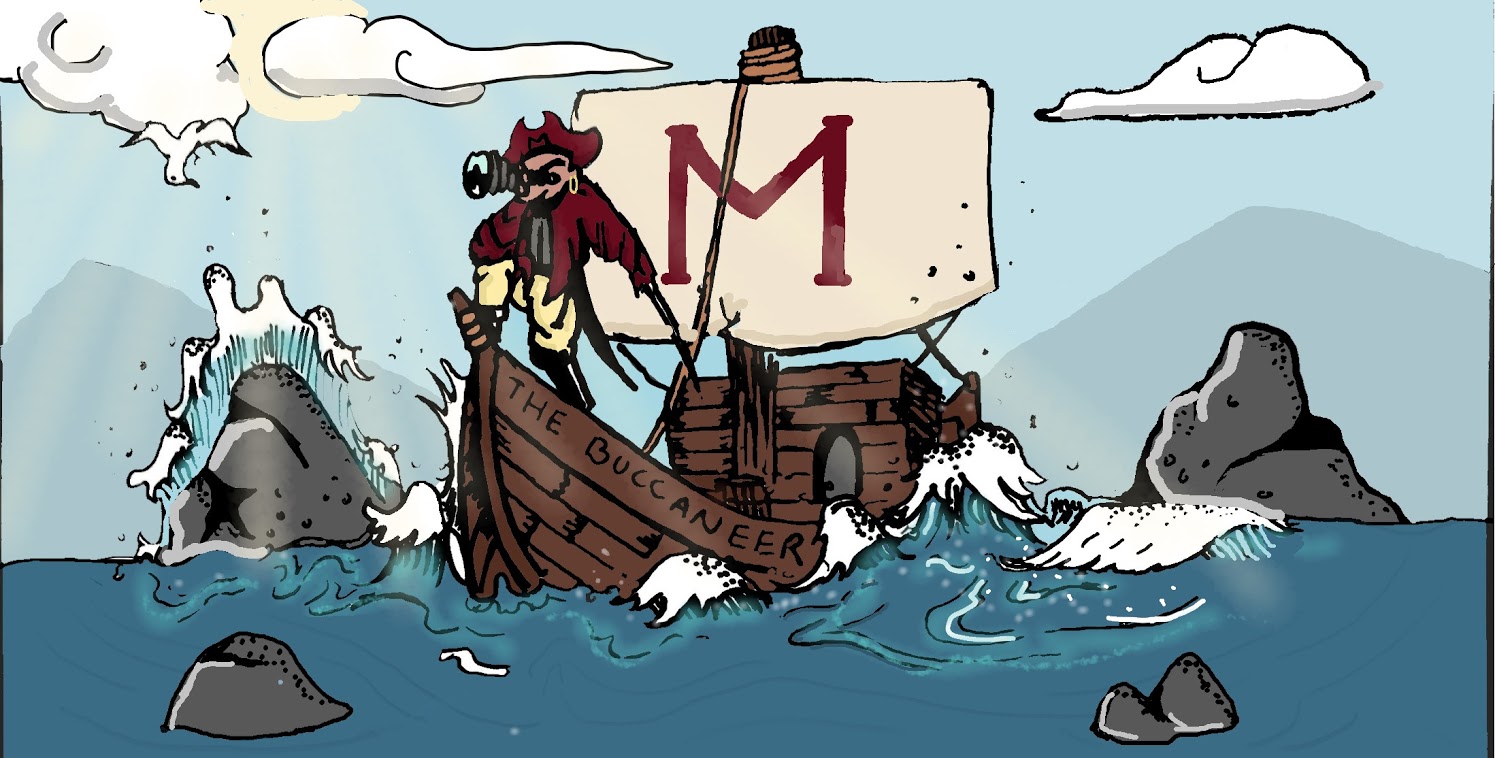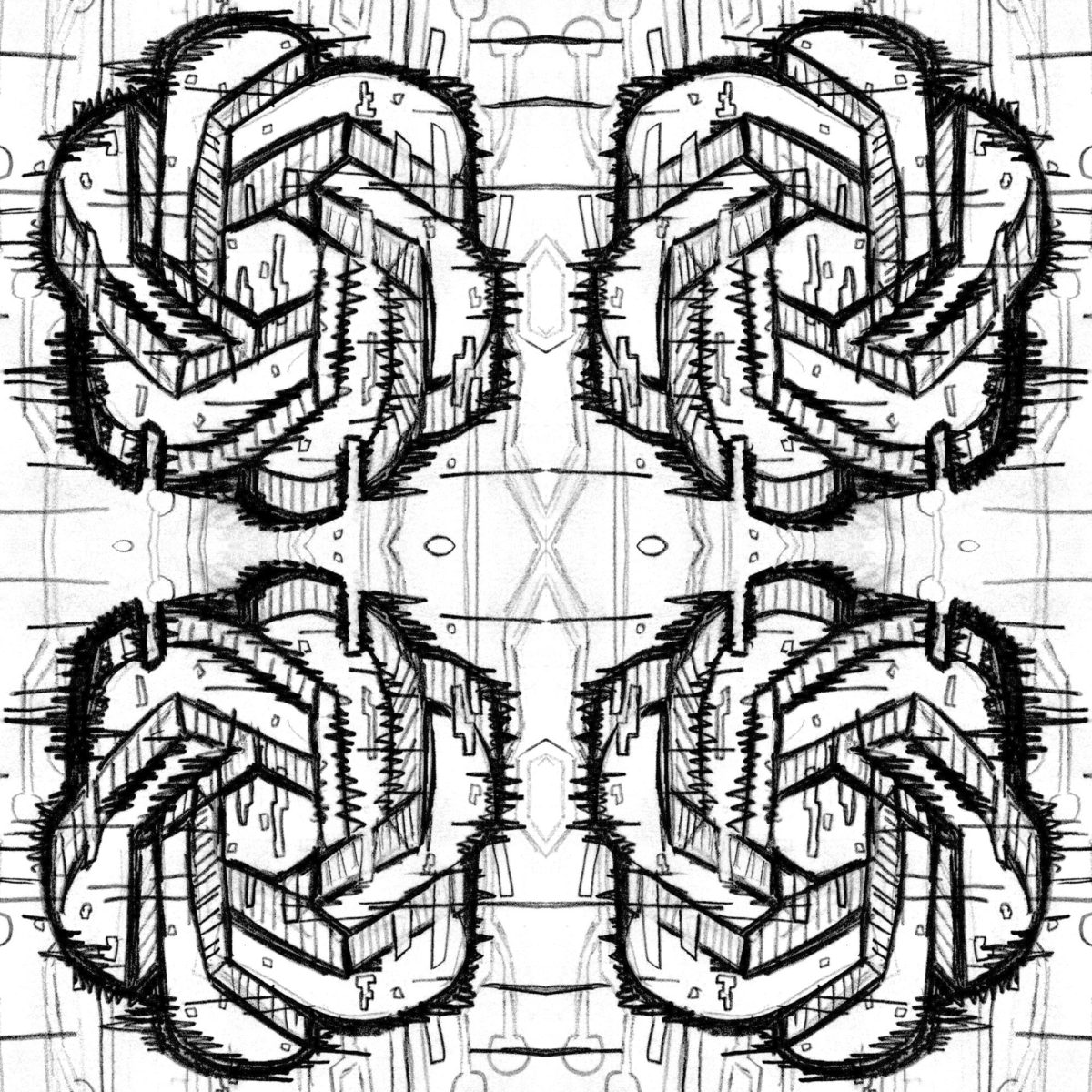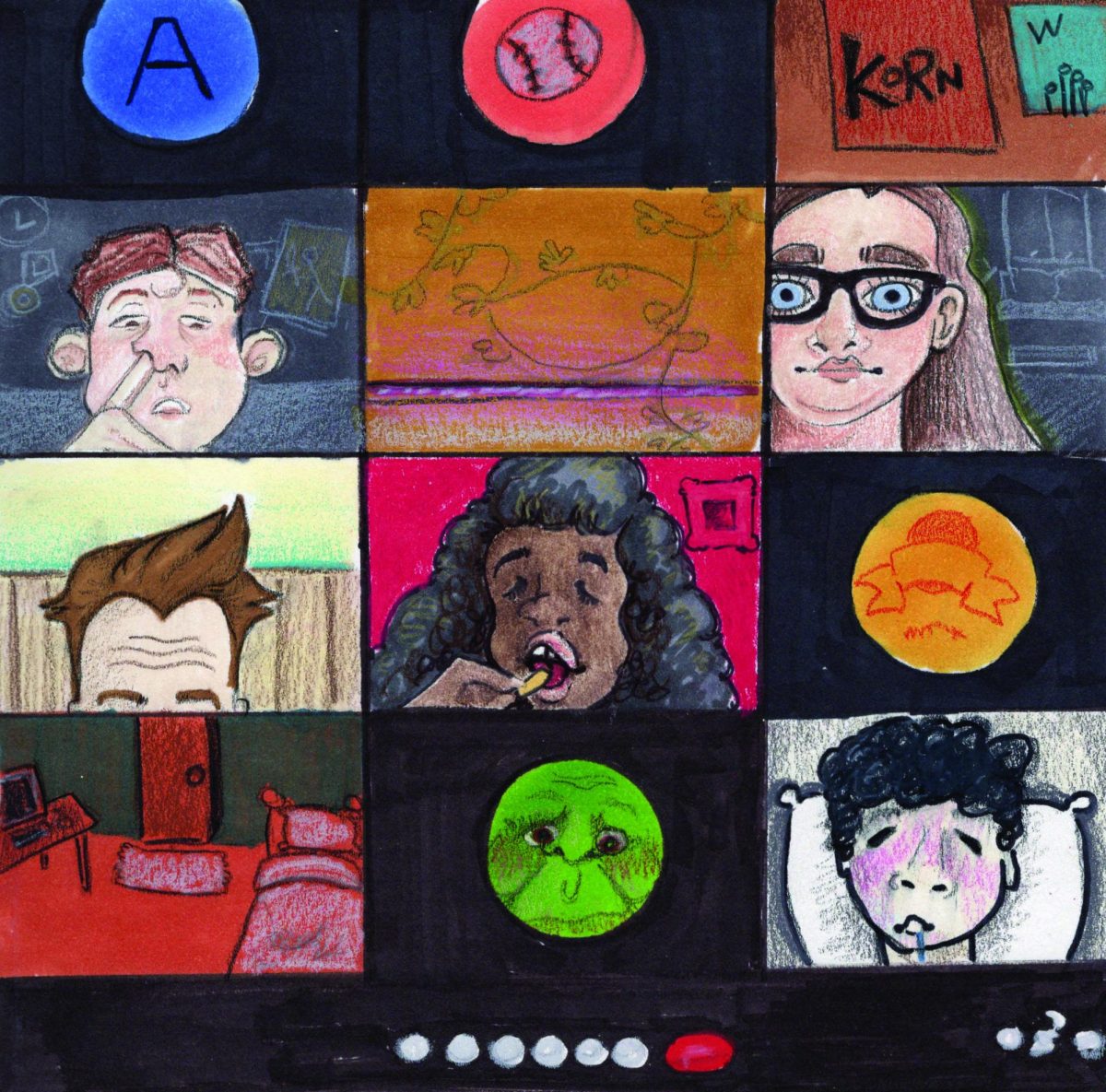With the rapid advancement of Artificial Intelligence, major transformations can be seen in the classroom. A.I is a computer bot programmed and trained to scan for data, and recognize patterns. Schools are starting to see more and more of the AI bot better known as ChatGPT.
In recent years, Dr. Allegretta, Mepham’s English Chairperson noticed the increase in its usage. Curious, she began to start researching more about it and asked the question:is it a tool or a terror? Dr. Allegretta comments,“I definitely think it’s a good thing but change is hard, there’s a learning curve and we are continuing to figure out how to use AI as an appropriate tool.” This program needs to be approached in a very careful manner and it needs to be taught to be used as a resource and an aid.
ChatGPT is primarily used to search the internet for information and performs basic procedures such as writing an essay or asking a question that one may not feel like answering based on their own knowledge. Using AI for this type of action can become a major issue in schools because biased information can get pulled in these searches. Aside from possible false information, if students turn to platforms such as ChatGPT rather than their own thoughts in their education, are they really learning?
If not used in the correct way, plagiarism will arise as a large issue as well as taking away personalism. While it is evident that AI can do these jobs, there is a major difference in language in writing as well as taking away each student’s individual unique writing styles. By looking at students’ actual work and work done by the bot it is easy to spot the difference in the voice of each written piece. Students don’t realize that by taking work done for them on the internet there can be major consequences.
Many teachers have looked into the positives but also have experienced the negative effects of AI. Mr. Achtziger, one of Mepham’s English teachers, has started to use it regularly but is learning about more and more flaws to the system. “We’ve noticed some mistakes, like in the grammar unit and the students have gone home and put in ChatGPT, then I’ve had to show them why it would be incorrect. It’s proven to be unreliable, but a positive is that it proves to be a good editor. If I am not able to give them a draft edit, the AI can give them decent feedback and you have to be really specific with prompts.”
It can be a very useful guide especially in the eyes of the BMB students as well. As interviews are conducted, the option is given to pull questions or attain ideas for a script from ChatGPT if they aren’t sure where to go. The program’s students are trusted with these resources but some prefer to use it rather than others. BMB member and junior, Matthew Natof turns to resources such as these when needed. He says, “When it comes to BMB, ChatGPT is really helpful. Especially when it comes to interviews, we can use ChatGPT to help with questions in order to speed up the process. Because we need to get things done by a certain deadline, the teachers trust us to use whatever resources possible to reach that deadline.”
It is important to use it as trial and error because it allows us to see what works and what doesn’t. The use of the bot can really affect education because it is doing the work for the students and leads to a sense of laziness. Students tend to choose to use those resources such as Chat GPT and Google Translate rather than asking for help and getting the correct information.
ChatGPT has its positives and negatives but for it to be used correctly in the classroom it has to be used in a responsible manner.




